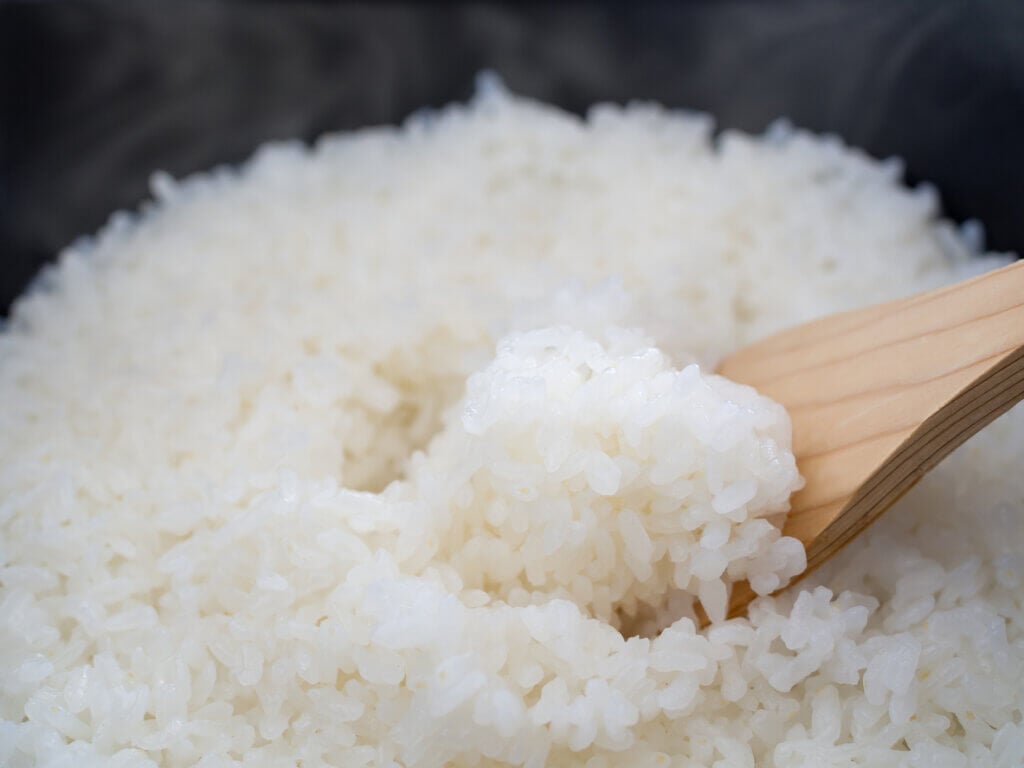I love a good glazed holiday ham as much as anyone. There’s nothing better than tender, juicy ham slices with that sweet and salty glaze. But sometimes, despite your best efforts, the ham turns out disappointingly mushy.
We’ve all sliced into a ham hoping for firm succulent meat only to find mushy stringy slices that are unappetizingly wet and soft. It’s so disappointing when holiday ham doesn’t turn out right.
If you’ve battled mushy ham in the past, don’t worry – I’ve got your back! In this article, I’ll share my top tips for fixing and preventing mushy ham so your next spiral cut ham is tender and delicious Let’s dive in!
Common Causes of Mushy Ham
Before we get into the solutions, it helps to understand what causes ham to turn mushy in the first place. Here are the most common culprits
-
Overcooking – Cooking ham at too high of a temperature for too long squeezes out moisture, leaving the meat mushy.
-
Improper storage – Ham left out at room temperature for too long before cooking can start to spoil.
-
Using pineapple juice or fruit-based glazes – Acids in fruit break down the ham’s structure.
-
Cutting against the grain – Slicing ham against the muscle fibers makes it stringy.
-
Poor quality meat – Cheap, impersonal hams often have more fat, gristle, and additives.
-
Reheating leftovers improperly – Overmicrowaving makes ham rubbery and weirdly soft.
Now that we know why ham turns to mush, let’s talk about how to restore sad, soggy ham to its former glory!
1. Simmer in Broth or Juice
If your holiday ham is already cooked but turned out unappetizingly mushy and wet, this easy technique helps revitalize it. Simply place the ham in a pot and add enough chicken or vegetable broth, apple juice, or water to cover it halfway. Bring to a simmer over medium heat and cook for 3-5 minutes until heated through.
This gentle simmer helps redistribute moisture more evenly throughout the meat so the textures improve. The broth or juice also adds light seasoning and flavor back into the ham. It makes a night-and-day difference in the finished texture!
2. Wrap and Bake Slices
Got leftover ham that’s on the dry, stringy side? Wrap it up and give it some moisture! Arrange sliced ham in a baking dish and top with a glaze, broth, or apple juice.
Cover tightly with foil and bake at 350°F for 15-20 minutes until heated through. The steam from the trapped liquid rehydrates the ham as it reheats, making it tender and moist once again.
3. Dice and Sauté
Chopping up mushy cooked ham into small pieces lets you reinvent it for another meal. Try dicing it up and cooking it with olive oil and seasonings until lightly browned and crispy around the edges.
Sautéing mimics the delicious crisped edges you get on a spiral cut ham. Add veggies, scramble with eggs, or toss it in fried rice or pasta. The ham becomes delicious again!
4. Glaze and Broil
Reheat leftover ham under the broiler for the best texture and flavor. Place ham steaks or slices on a foil-lined baking sheet. Brush with your favorite glaze, mustard, or brown sugar. Broil 2-3 minutes until lightly browned and caramelized on top.
The intense dry heat firms and dries the ham instead of making it mushier. The glaze gives you that beautiful candied crust. Slice into juicy, tender ham that tastes freshly cooked again!
5. Slice Against the Grain
Slicing properly makes a big difference in the final ham texture. Always slice cooked ham across the grain of the meat at a slight angle rather than parallel to the muscle fibers.
This gives you short muscle fibers in each slice so the meat is tender. Slicing parallel to the grain makes those fibers long and stringy. Use a sharp knife and take your time slicing for the prettiest, most tender results.
Preventing Mushy Ham in the First Place
Now that you know how to resurrect mushy ham, here are some tips for preventing it in the first place:
-
Cook ham low and slow at 325°F until it reaches 140°F internally.
-
Choose a natural, fully cooked ham without tons of water and additives.
-
Avoid fruit-based glazes which can make ham mushy. Go for mustard, herbs, and spices instead.
-
Let the ham rest at least 10-15 minutes before slicing to allow juices to redistribute.
-
Store ham properly in the fridge for no more than 5 days before cooking.
-
Reheat leftover ham gently in the oven or on the stovetop rather than the microwave.
With these handy techniques, you can confidently serve juicy, delicious ham again and again. No more mushy disappointments at the dinner table. Give your ham TLC, slice it right, and it will carve up beautifully every single time. Happy hamming!

Huge Mistakes Everyone Makes When Cooking Ham
FAQ
Why did my ham turn to mush?
How do you moisten a dry cooked ham?
How do you revive a ham?
Why does my ham have a weird texture?
